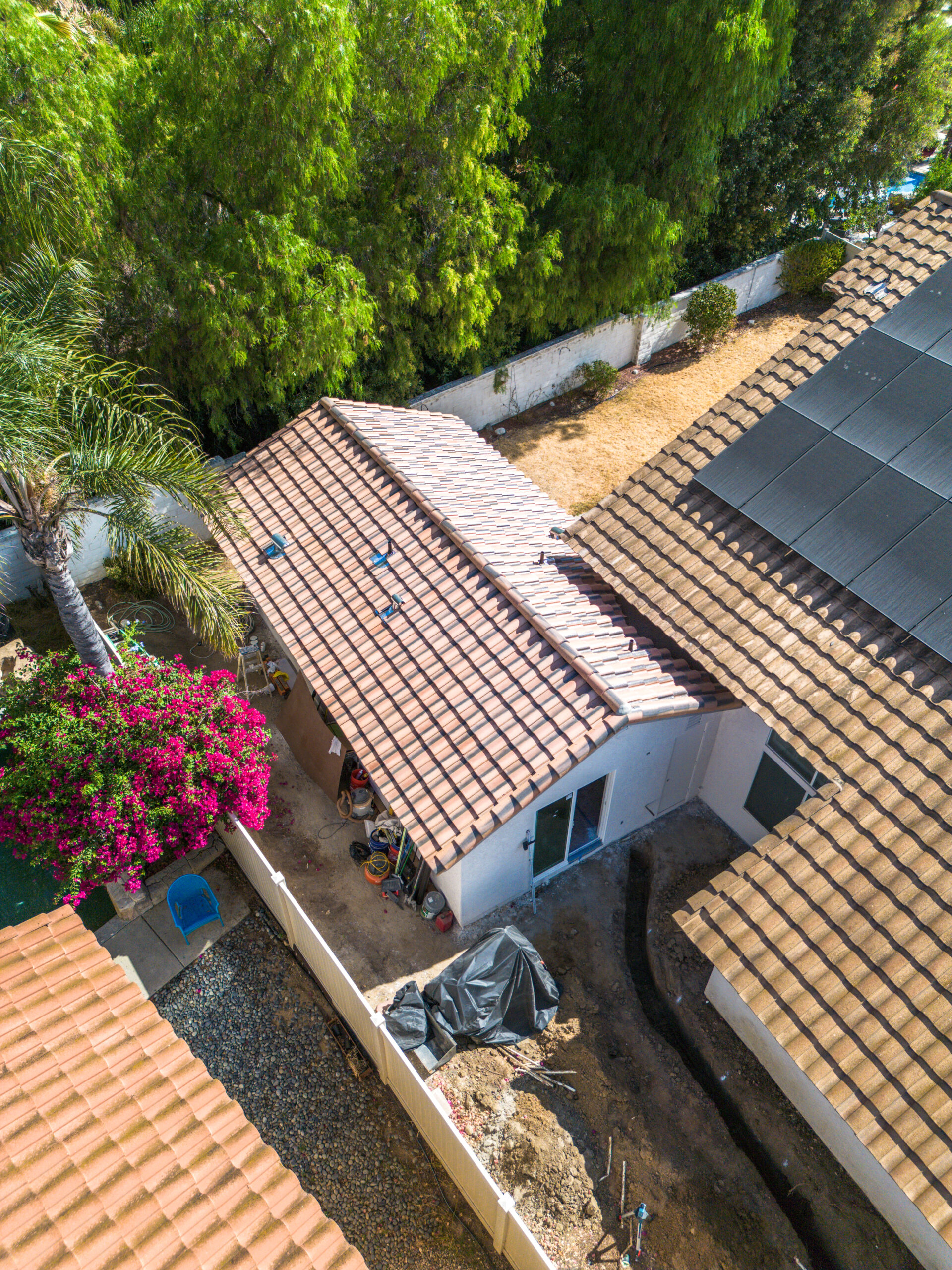
If you’re thinking of building an ADU in 2025 stay tuned as we talk about what’s changed and what you need to consider. Every year there are new ADU laws passed that are supposed to help us as homeowners build an ADU is our backyard either for our family members or as a rental to help with your own housing costs. 2025 is no different – so let go over what it’s going to be like to tackle building an ADU this year. Hint – we hope it’s better!
We break down what’s changed, why it matters, and how you can take advantage of these updates to add value to your home.
Owner Occupancy Is Not Required
Owner occupancy refers to a rule that requires the property owner to live either in the main house or the ADU.
With the passing of AB 976 in 2024, the owner occupancy requirement has been eliminated for new ADUs. This means that homeowners can now rent out both the main home and the ADU without having to live on the property.
The result of this makes ADUs more attractive for real estate investors and homeowners looking for additional income and maximizing their property’s potential.
California Homeowners Have the Right to Build at Least One ADU
As a California homeowner, you are legally entitled to build at least one ADU on your property, up to 800 square feet and 16 feet tall, regardless of lot size, floor-area ratio, or front setback restrictions. Even if your property is small or you have zoning laws that require larger front setbacks, your city must approve an ADU of at least 800 square feet.
This ADU is a 66323 unit, named after the government code that guarantees this right. Also, these ADUs are exempt from any of the parking requirements.
Pre-Approved ADU Plans Are Now Required by Large Cities
If you live in a city with a population of at least 200,000, your local planning department is now required to offer a pre-approved ADU plans program. This requirement comes from AB 1332, which was passed in 2023 and officially took effect in 2025. Cities like San Jose and Los Angeles, already have pre-approved plans.
You will still need to submit a full application for your property showing the location of the ADU on your property and include other details like utility connections, Title 24 energy compliance, and other site-specific requirements.
Using pre-approved plans can significantly speed up the approval process and be more cost-effective than starting with a completely custom design.
More Leniency for Unpermitted ADUs
If you have an unpermitted ADU, AB 2533 has made the legalization process much easier.
Previously, bringing an unpermitted ADU up to code required full compliance with all modern building and safety regulations. With AB 2533, only essential safety standards must be met for legalization. Non-safety-related requirements, such as energy efficiency upgrades, can no longer be enforced as a condition for approval.
For structural or safety hazards, like a cracked foundation, egress, etc you will still need to address these issues before the ADU can be approved.
This new law provides a more practical and affordable pathway for homeowners to bring unpermitted ADUs into compliance.
Solar Panels for Detached ADUs
If you’re building a detached, custom-built ADU, you are required to install solar panels as part of California’s commitment to sustainability and energy efficiency.
However, this rule does not apply to:
- Converted ADUs (garage conversions)
- Attached ADUs (an extension of the main home)
- Prefab ADUs (factory-built)
If you’re planning a detached ADU, be sure to factor in the cost and logistics of solar panel installation during your design and budgeting process.
Your HOA Cannot Prohibit You from Building an ADU
While this law has been in place for some time, so please note —your HOA cannot prevent you from building an ADU on your property.
What an HOA can do is establish their own regulations, as long as they are not ‘excessively restrictive.’ The law does leave some room for interpretation. Generally, HOAs are allowed to regulate aesthetic aspects of the ADU,like design, materials, and placement, but they cannot impose rules that make building the ADU impossible.
Max of 8 Detached ADUs Now Allowed for Multi-Family Properties
Thanks to SB 1211, multi-family property owners can now build one detached ADU per existing living unit, up to a maximum of eight detached ADUs per property. If you own a multi-family building with eight or more units, you can add up to eight detached ADUs. These new ADUs must comply with standard size, height, and setback regulations This give opportunity for landlords to generate additional rental income without having to buy new properties.
Garage conversions can be extended by 150 sq ft
Not a new law – but it’s good to keep in mind for this often converted space. See our other blog post about this here. ADU regulations allow you to extend a converted garage by up to 150 square feet for ingress and egress. Garage conversions, like all other types of conversions, come with valuable benefits, including parking and setback exemptions.
Ingress and egress is the necessary areas for safe entry and exit, such as doorways, walkways, or small functional additions. This means you can create a more spacious entrance or add a small utility area.
With housing being in demand, now might be the time to start your ADU Project. Contact us to get started on your ADU in 2025.



